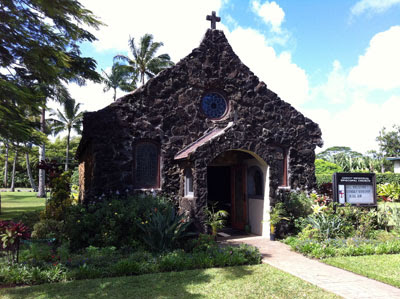Collections: Corkscrews
(This article was written for the November 2010 issue of The Quarterly Worme, the newsletter for the Canadian Corkscrew Collectors Club, of which I am a member. Hope you enjoy it.)
I never actually thought about collecting corkscrews. It just happened! Susan and I were in London back in the mid-80s. It was a business trip and she came along so we could add some vacation time to the trip. While wandering the backstreets near Shepherd’s Market one day, we wandered into an antique shop. There it was … this beautiful object with a turned ivory handle and an unusual brush on one side. Since we loved wine, the fact that it was a corkscrew also made it practical. I bought it, thinking how great it would be to open a bottle of old Port with this magnificent corkscrew.
In the beginning I bought anything with a worm on it. A lot of it was common, with the occasional quality corkscrew mixed in. There was not much to go by back then. I got myself of a copy of Christopher Sykes’ corkscrew catalog, bought the Watney & Babbidge book on corkscrews and found a couple of auction catalogs. Things got easier with the advent of the internet and the publishing of Fred O’Leary’s great book on American corkscrew patents (and many others that followed). Then, in 1998 I heard about the CCCC (Canadian Corkscrew Collectors Club) and I was off!
My corkscrew collecting focus has narrowed with time – a natural evolution for any collector. I have always been drawn to the decorative arts, so I found myself targeting figural corkscrews and corkscrews that had interesting designs, as opposed to patent variations, mechanical contraptions and advertising. Not to say I don’t collect those, but they aren’t my focus.
 |
| Anri figural corkscrews and bar sets come from Northern Italy and date back to about 1912. |
Through the years I have put together a nice-sized Anri corkscrew, bar scene and diorama collection, as well as a dozen or so Syroco pieces. I am fascinated by the expressions on the faces of the Anri people.
Other areas I find especially interesting are ivory corkscrews (as well as bone, tusk and antler specimens), silver designs and perfume or vanity corkscrews. Here, the decorative nature of the designs is the draw. I have added a number of ivory and bone corkscrews, including among them a nice walking stick, a Tiffany tusk and a carved antler.
 |
| Three celluloid and silver 19th century German Lady’s Legs corkscrews. |
Since I have narrowed my collecting focus and built a sizable (though not huge) collection, I find that I buy fewer items, but still get excited when I make that special find, when I spot a worm sticking out from the bottom of a junk box, or when I hear the call of an Anri barset that I don’t have.






Impressive selection of Limoges boxes and figural corkscrews.
ReplyDelete